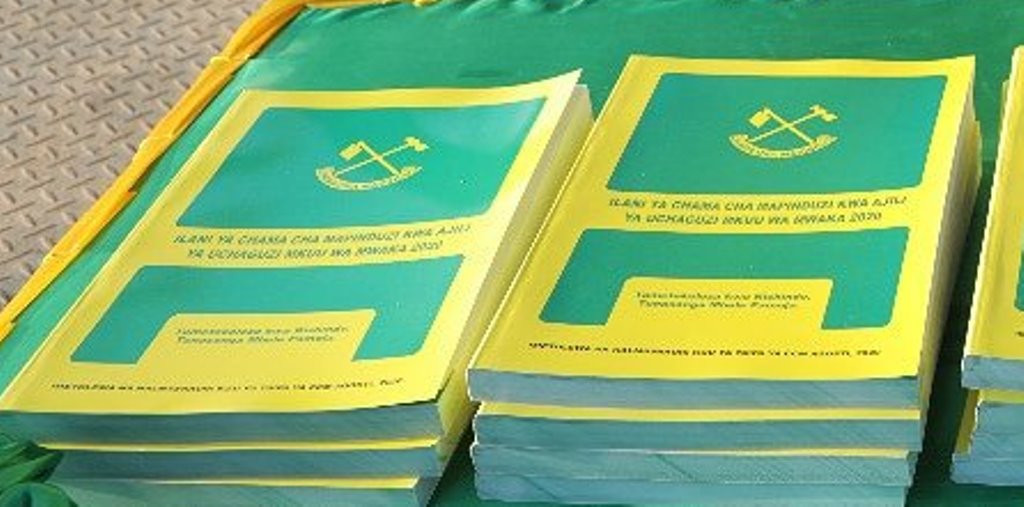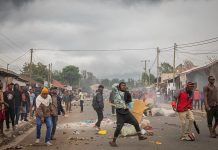Author: FLORENCE MUGARULA
AfricaPress-Tanzania: THE ruling party, CCM has identified six strategies for curbing epidemic and pandemic diseases and ensuring sustainable development as well as improved social welfare in the coming five years.
The strategies include the establishment of big research centres and studies on herbal plants, which will go along with the construction of pharmaceutical factories that will produce medicines from local plants.
The ruling party-CCM’s 2020-2025 election manifesto states that the country must be in a good position to face all health related challenges including the epidemic diseases.
The 303 documents explained that the fifth phase government has learnt a lesson from the outbreak of Covid-19, which has so far cost hundreds of thousands lives across the World.
According to the World Health Organization (WHO) statistics as of September 23, this year, globally, there were 31,425,029 confirmed cases, including 967,164 deaths.
The manifesto states categorically that in the coming five years the government will set and strengthen systems and infrastructure for identifying, combating and fighting epidemic diseases.
Also the manifesto lists another measure as strengthening the national strategy for facing and fighting epidemic diseases, accidents and calamities by improving emergency and response strategies through spiraling infrastructure and equipment.
The party also pledges to continue building capacity for the National Institute for Medical Research (NIMR), universities and other research organizations so that they can research more on epidemic diseases.
If re-elected, the CCM government will enhance the capacity of local experts in controlling and curing epidemic diseases by supplying them with Personal Protective Equipment (PPEs) and training in and outside the country, says the manifesto.
The reigning party also plans to build and strengthen laboratories for examining epidemic diseases, modern isolation centres and provide quality health services to the victims.
“The CCM government will continue providing quality health services to all Tanzanians by considering good health as a major factor in building the country’s economy,” states the manifesto.
Addressing voters in the ongoing campaign trail, the party’s presidential candidate, Dr John Magufuli insisted that his government had managed to improve the health sector in the past five years and that it is looking forward to making more changes by addressing all remaining challenges.
Dr Magufuli’s government has increased the budget for medical supplies and reagents from 31bn/- in 2015 to over 270bn/- in 2020.
The massive increase of the health budget has ensured improved access to medical drugs and introduction of specialised services which have significantly reduced the number of Tanzanians seeking treatment abroad.
Between 200 and 300 patients were referred abroad an nually but in the past five years, the number had dropped to less than 60.
The party says its government is also planning to construct more than 1600 new health facilities and enroll at least 25,000 students in health related courses from 2020 to 2025.
The manifesto sets out an ambitious target in the next five years, of increasing health facilities by 20 per cent. Currently, there are a total of 8,783 health facilities across the country.
Moreover, the CCM government will also engage in the second phase of the construction of 98 district councils’ hospitals and strengthen the provision of medicines and other related healthcare services at 28 referral hospitals and finalize the construction and renovation of 125 district hospitals.
In the past five years, health facilities have increased from 7014 in 2015 to 8783 in 2020 of which dispensaries have increased from 6,044 in 2015 to 7242 in 2020, health centres have increased from 718 in 2015 to 1,205 in 2020.
District council hospitals increased from 77 in 2015 to 148 in 2020, the number includes 71 new hospitals.
The government also constructed 10 regional hospitals, including Mwalimu Nyerere Memorial Hospital in Mara Region, whose construction was stalled since 1970.







